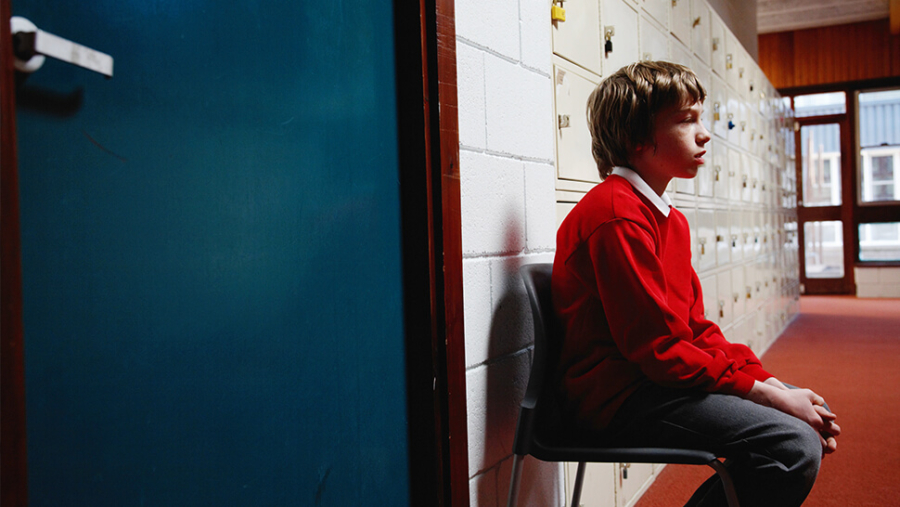
Recommended action points in light of Keeping Children Safe in Education 2018 –
26 September 2018

Action points for Part one:
- Update the induction process for staff to include reference to:
- the behaviour policy
- the safeguarding response to children who go missing from education
- the identities of the DSL and any deputies.
- Circulate Part one to all staff to ensure they have read it and document you have done so.
- Update the child protection policy (and any related policies) to clarify the list of children who may benefit from early help and may be in need of safeguarding support.
- Update the child protection policy to emphasise that concerns regarding child welfare should be acted upon ‘immediately’ and to ensure it is clear that staff should not assume that somebody else will take action. The child protection policy should also make clear that all staff should share information that might be critical in keeping children safe – It should be clear that this is everyone’s responsibility.
- Make it clear in your child protection policy that the DSL or their deputy should always be available to discuss safeguarding concerns; we would advise that you examine this in practice as the governors may wish to look for assurance that this is the case.
- Ensure the child protection policy refers to contextual safeguarding; this means assessments of children should consider the wider environmental factors present in a child’s life that are a threat to their safety and/or welfare
- Ensure all of your policies refer to the latest version of Keeping Children Safe in Education 2018 with effect from 3 September and Working Together to Safeguard Children 2018.
Action points for Part two:
1. Update the child protection policy to recognise that children with SEND can be more prone to peer group isolation than other children and consider extra pastoral support for those children.
2. Consider holding more than one emergency contact for each pupil (best practice)
3. Ensure the child protection policy of the school meets the requirements that it is effective, reviewed as a minimum annually and where it is available.
4. Consider training for governors on the changes to Keeping Children Safe in Education.
5. Consider updating the child protection policy to reflect that transitional arrangements are now in place to replace the Local Safeguarding Children Boards (LCSB) with the 3 safeguarding partners by September 2019. This must be adapted to reflect local procedures.
6. Ensure that the child protection policy is updated to comply with GDPR. In particular, emphasis should be given within the policy that a fear of sharing information must not be allowed to stand in the way of the need to promote the welfare and protect the safety of children. Schools should ensure that relevant staff are ‘confident’ of data processing conditions under the Data Protection Act 2018 and the GDPR, and should consider providing suitable training to relevant staff, in this regard.
Action points for Part three:
1. Change any reference to NCTL to TRA
2. Update the recruitment policy and processes to reflect the importance of checking that any electronic references received are from a legitimate source.
3. Ensure processes to reflect the requirement that any internal candidates provide references before interview (in line with external candidates) and that any such reference is from a senior person with appropriate authority.
4. Ensure processes reflect the school’s obligation to take reasonable steps to determine whether an applicant for a teaching role is subject to a prohibition order prior to appointment.
5. Ensure any changes to the childcare disqualification checks are implemented.
Action points for Part four:
1. Update the allegations of abuse procedure if it refers to the outcomes to ensure it now includes ‘unfounded’.
2. Update the allegations of abuse procedure to ensure that the threshold wording is corrected from a ‘would’ to a ‘may’.
Action points for Part five:
1. Update the child protection policy and any related policies to ensure they refer to Part five in relation to child on child sexual violence and sexual harassment including detail on how to respond.
2. We would recommend that school and college leaders and those staff who work directly with children should read the new Part five.
Action points for the Annexes:
1. School and college leaders and those staff who work directly with children must read Annex A.
2. Policies should be reviewed to check that references to external resources are still valid and that they refer to the most recent guidance.
3. Consider if the DSL (and any deputies) are confident that they have the relevant knowledge as set out in Annex B and that they are confident of supporting vulnerable pupils such as those with special educational needs and disabilities with regard to online issues.
Any queries please contact Kristine Scott on 01242 246403 or email [email protected]










